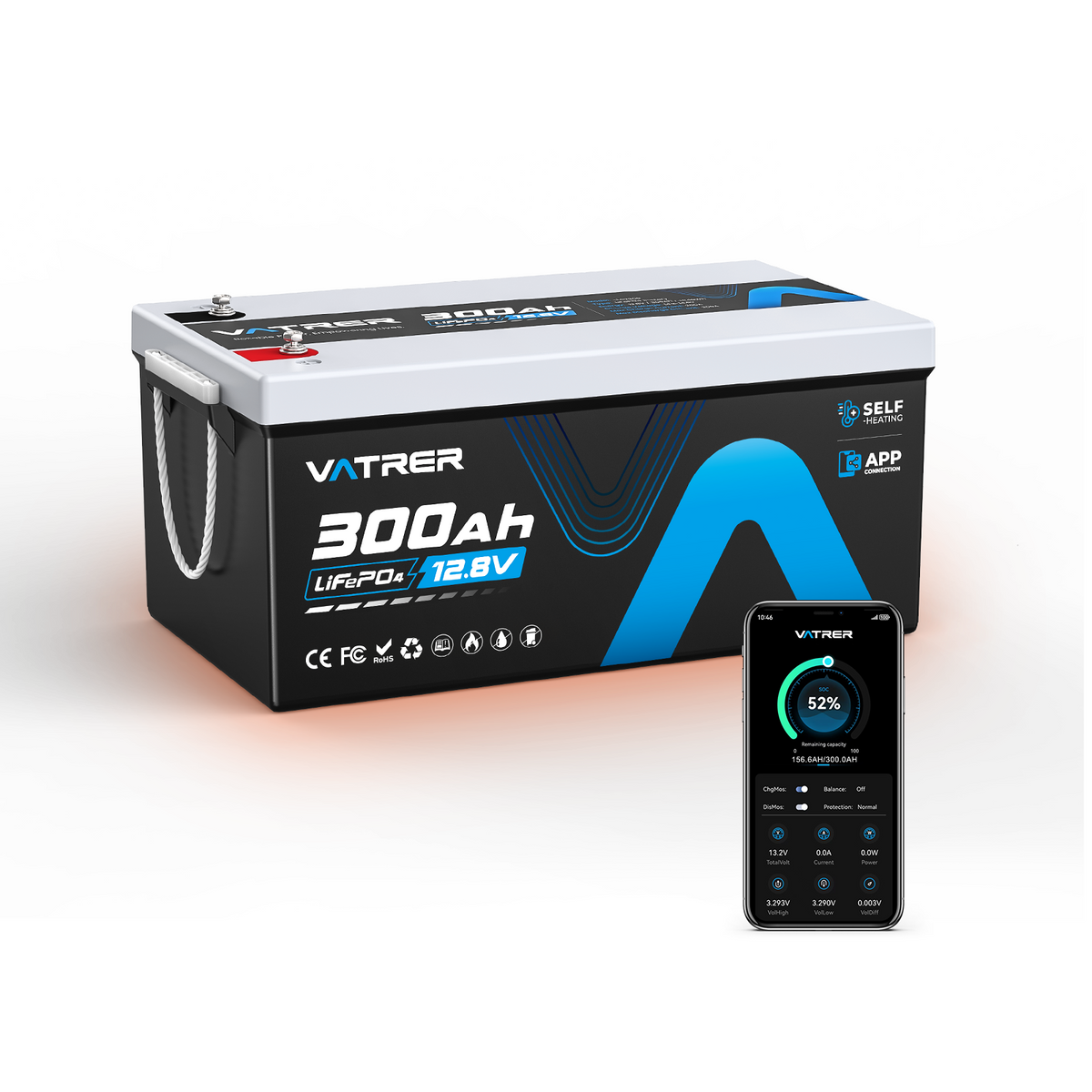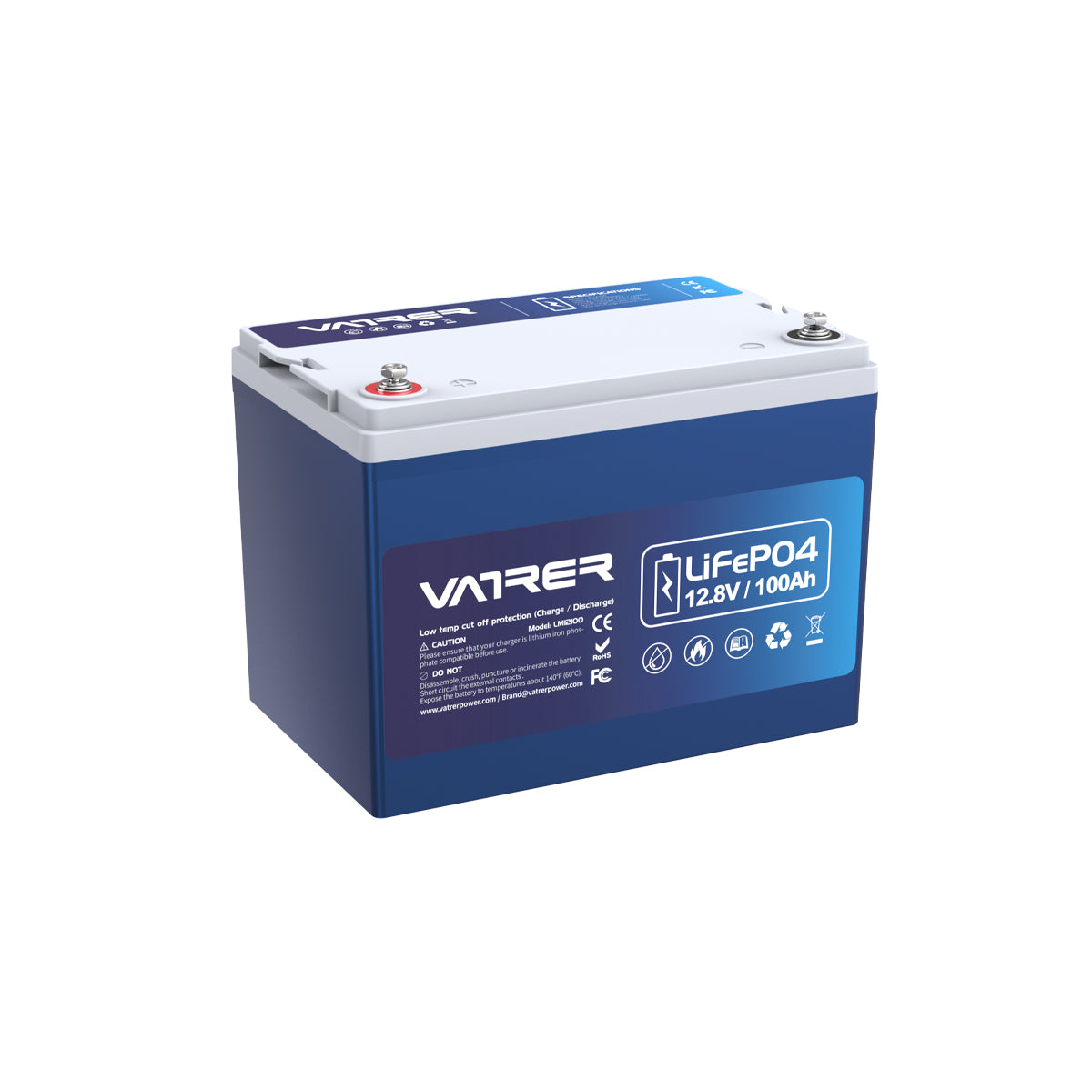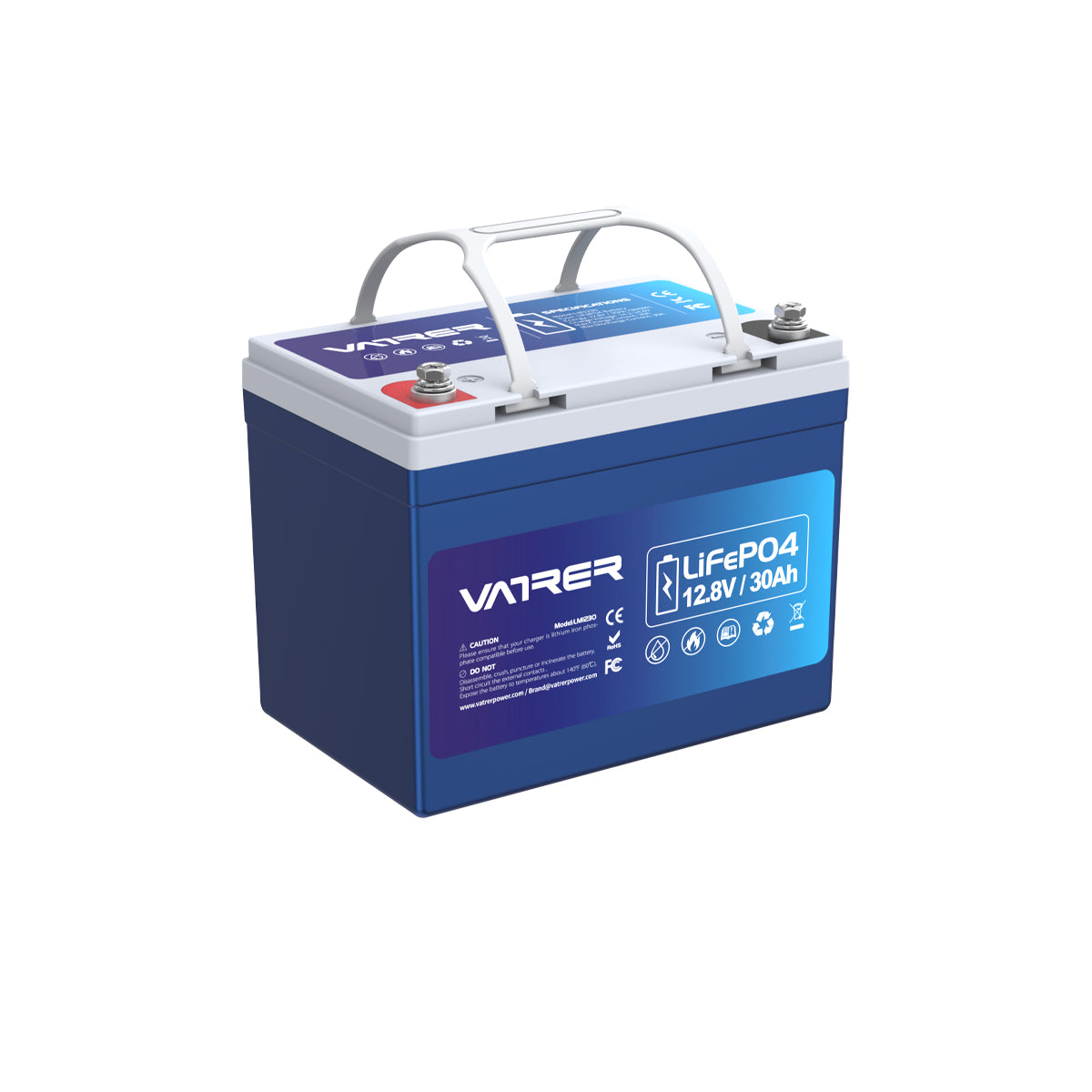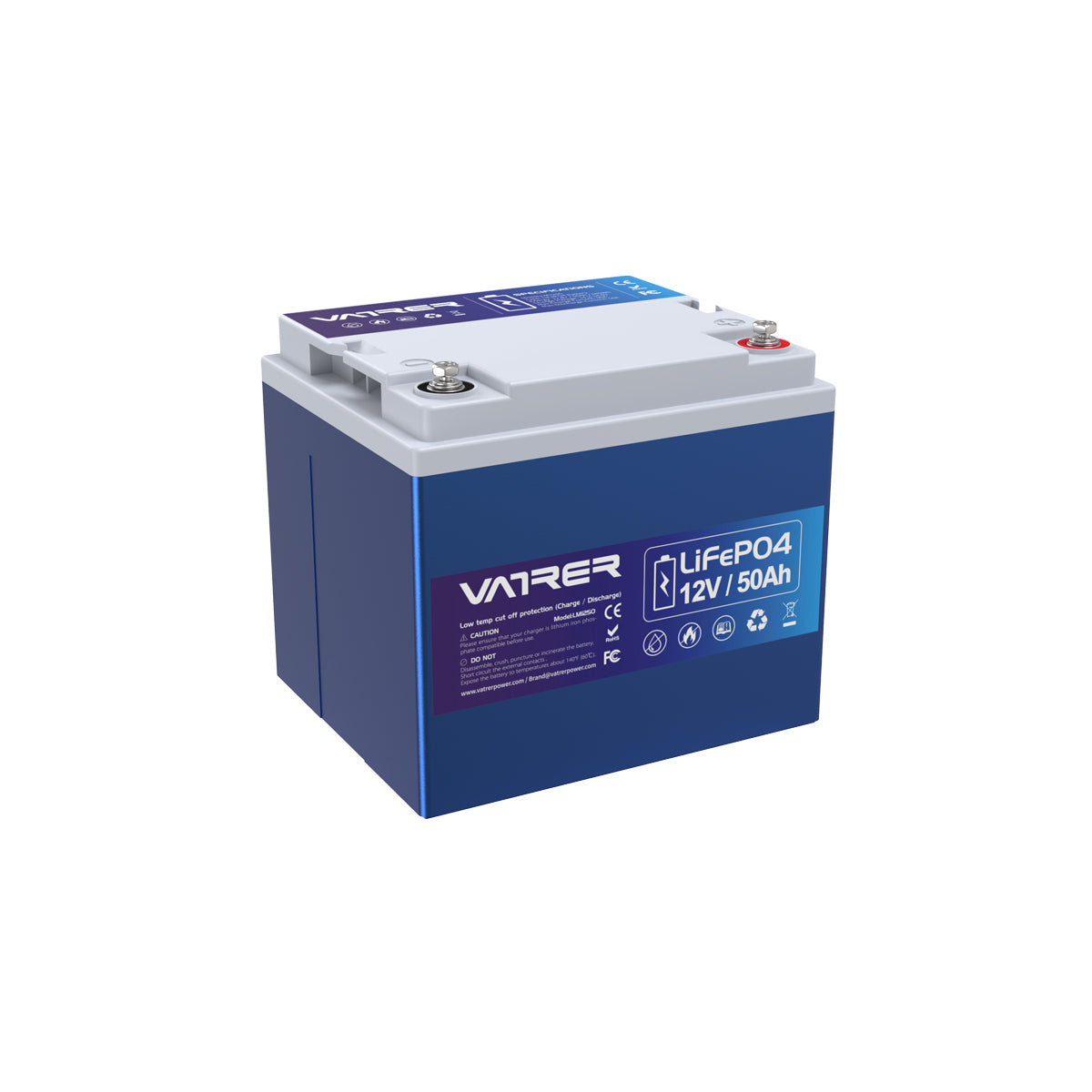Introduction
Lithium-ion batteries have become the go-to choice for powering various devices due to their high energy density and long lifespan. Understanding the typical lifespan of lithium-ion batteries and the factors that can influence their longevity is crucial for maximizing their performance. In this article, we will explore how long lithium-ion batteries typically last and discuss the factors that can impact their lifespan.
Typical Lifespan
On average, a standard lithium-ion battery lasts around two to three years or 300 to 500 charge cycles, depending on which milestone is reached first. A charge cycle refers to using the battery from fully charged to fully discharged and then fully recharging it again.

Charging Patterns
Battery manufacturers often estimate the lifespan of lithium-ion batteries based on charging patterns. How frequently you charge and discharge the battery can affect its overall lifespan. For instance, if you charge your device once a day, the battery could last for more than a year under ideal conditions.

Avoid Full Discharges
Regularly fully discharging lithium-ion batteries can cause excessive stress and reduce their lifespan. It is advisable to avoid fully discharging the battery and keep it relatively full whenever possible. Partial discharges and topping off the charge do not impact the battery's lifespan and can, in fact, help extend it.
Lithium-ion batteries: 6 factors youneed to know to optimize their lifetime

Memory Myth
Unlike some other battery chemistries, lithium-ion batteries do not suffer from a memory effect. You can charge them partially or top them off without reducing their lifespan. In fact, maintaining a relatively full charge can contribute to prolonging their longevity.
Temperature Considerations
Temperature plays a significant role in the lifespan of lithium-ion batteries. High temperatures can accelerate the breakdown of internal components, leading to reduced longevity. It is important to store lithium-ion batteries in cool, dry areas and avoid exposing them to excessive heat.

Stamped Dates
Many battery manufacturers include stamped dates on their products, indicating an estimated lifespan under ideal conditions. However, these dates are not concrete representations of actual life, and batteries often last beyond the stamped dates. Factors such as usage patterns and storage conditions can influence the actual lifespan of the battery.

Video: Where is the Manufactured Date Code on My Battery?
Charging Time
Modern lithium-ion battery chargers are designed to protect the battery from overcharging. Unlike older battery technologies, leaving a lithium-ion battery on the charger for an extended period does not significantly impact its lifespan. However, excessive heat generated during charging can potentially affect the battery's longevity.

yellow = charging current (1A to 0A when completed)
blue = cell voltage (3.6V to 4.2V when completed)
green = cell capacity (SOC (State of Charge) from 0 to 100%)
red = shows when the charger changes from constant current to constant voltage
Conclusion
The typical lifespan of a lithium-ion battery is around two to three years or 300 to 500 charge cycles. However, factors such as charging patterns, avoiding full discharges, temperature considerations, and proper storage can significantly impact the battery's lifespan. By following best practices and maintaining optimal charging habits, you can maximize the longevity and performance of your lithium-ion batteries. Remember to store them in cool, dry areas, avoid full discharges, and use reliable chargers to ensure the best possible lifespan for your batteries.

















































